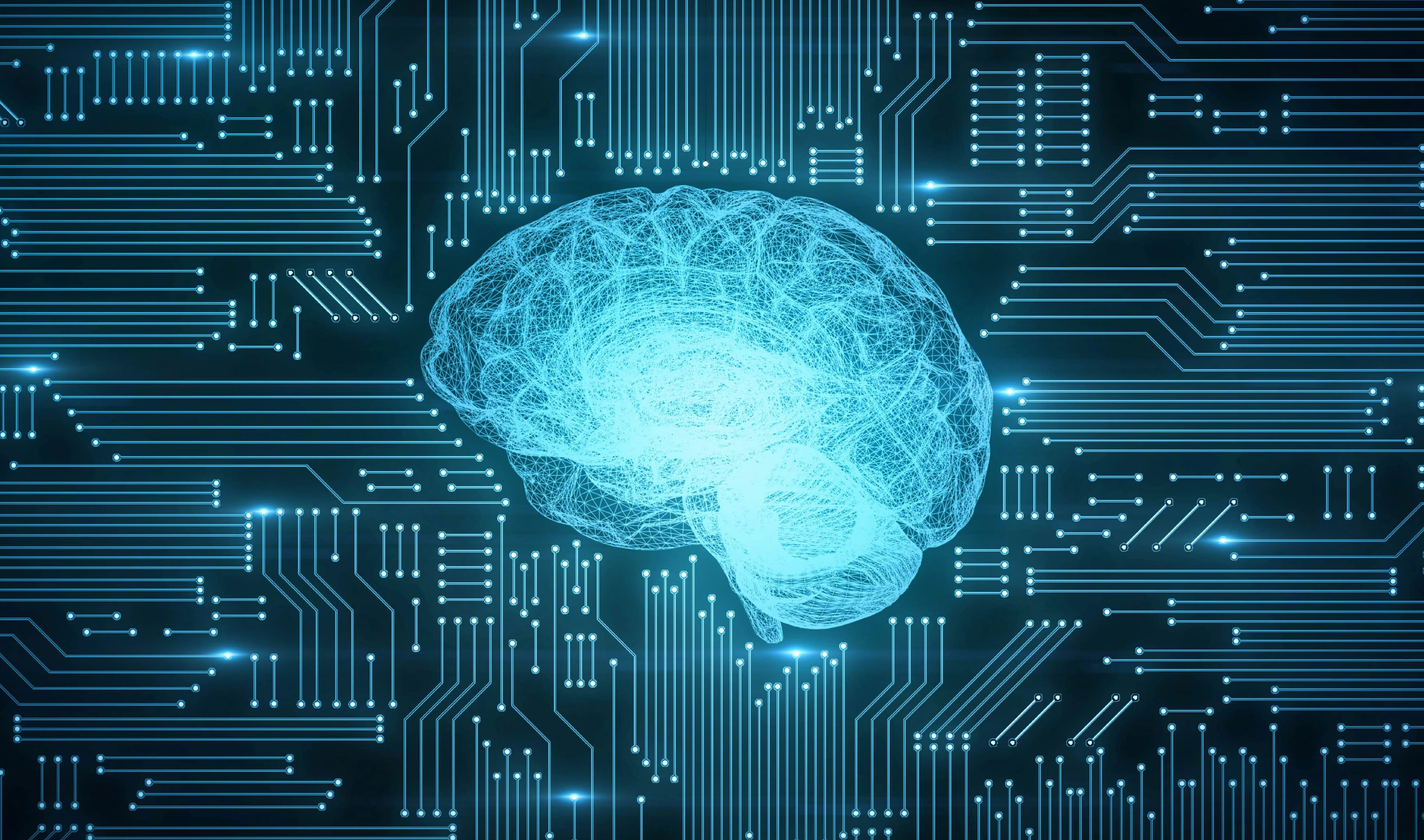Recent advancements in human-relevant 3D culture models, known as "new approach methods" (NAMs), provide promising new ways to develop more precise and effective treatments.
- These models include 3D spheroids, organoids, bioprinting, and OoCs technology.
What is OoCs technology?
- It uses tiny fluid channels that simulate blood flow, oxygen delivery, nutrient transport etc. to create miniature models of biological organs (lung, heart etc.) on a chip-sized device.
- These chips are made from living cells grown in a flexible material.
Advantages of OoCs technologies
- Reduce animal testing: OoCs can replace the need for animal testing in some cases.
- More accurate biological responses: Compared to traditional 2D cultures.
Applications of Organ-on-chips (OoCs) technologies
- Drug discovery: Study the efficacy of drugs and can be used to screen and develop new drugs.
- Precision medicine: Develop personalized treatments for specific patients.
- Study disease mechanisms: Help understand how diseases work, and identify potential therapeutic targets.
- Study cell-cell interactions: Allowing researchers to study how cells interact with each other as it can sense and control the environment around living cells.
Challenges associated with OoC Technology: Standardization of manufacturing processes; Lack of universally accepted protocols and materials, replicating full complexity of a human organ etc.
Steps Taken for Promoting OoCs
|




